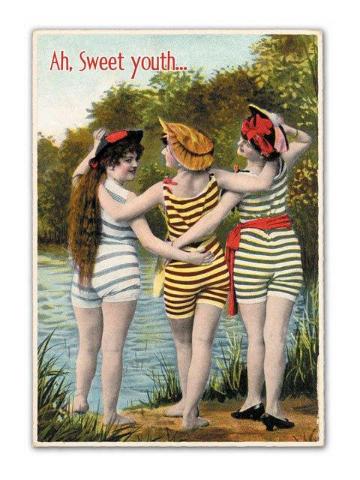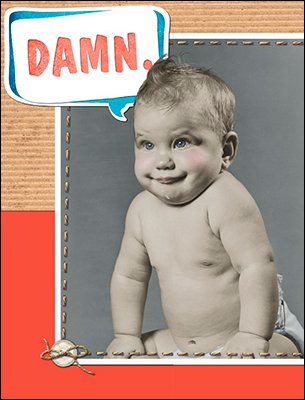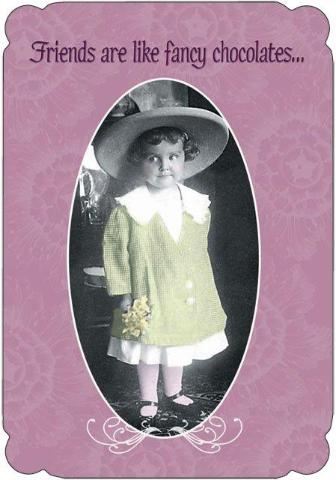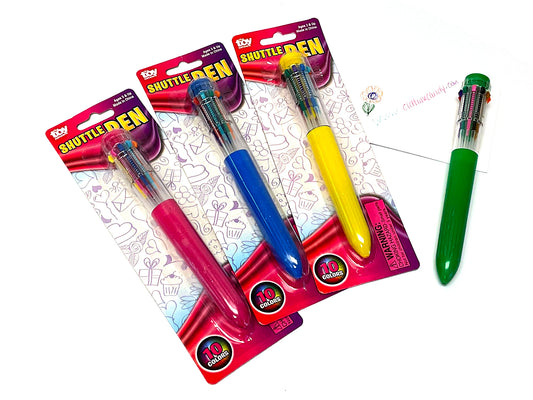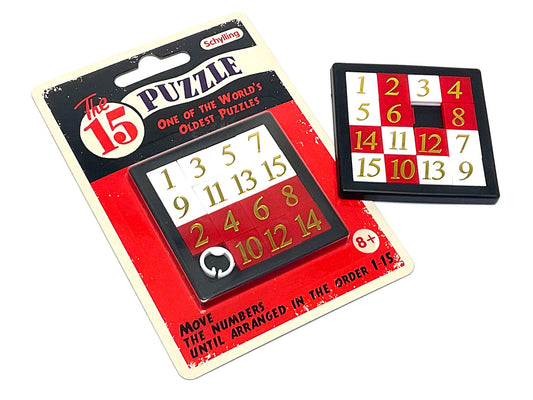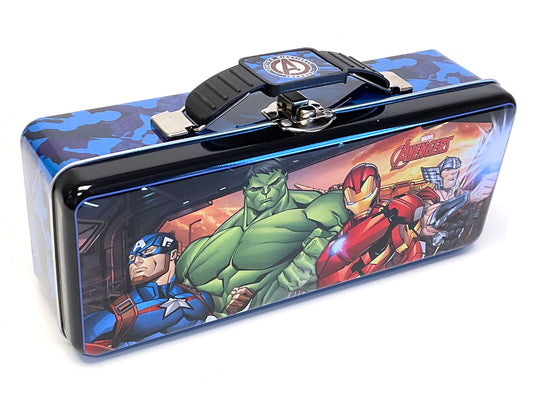Kool-Aid Candy
Yes, that's right! Your favorite summertime drink is also available in candy and gum.
Kool-Aid History
Kool-Aid is a well-known powdered drink mix that has been a staple in households around the world for decades. Its vibrant colors, refreshing flavors, and ease of preparation have made it a beloved beverage choice, especially during hot summer months. Let's delve into the history of Kool-Aid and how it became an iconic part of American culture.
Kool-Aid traces its origins back to 1927 when Edwin Perkins, a chemist from Hastings, Nebraska, invented a powdered concentrate known as Fruit Smack. Fruit Smack was a concentrated liquid flavoring that came in small glass bottles and was mixed with water to create a fruity beverage.
Perkins recognized the need for a more convenient and cost-effective way to distribute his product. In 1928, he developed a method to remove the liquid from Fruit Smack, creating a powdered version. This powdered form allowed for easier packaging, longer shelf life, and reduced shipping costs.
Perkins initially marketed the powdered concentrate as "Kool-Ade" and sold it in a few select flavors such as Cherry, Grape, Lemon-Lime, Orange, and Raspberry. The name "Kool-Ade" was later changed to "Kool-Aid" in 1934 to better reflect the beverage's purpose and image.
In the early days, Kool-Aid was primarily sold in pharmacies and general stores as individual envelopes of powder. However, in 1953, Perkins' company was acquired by General Foods Corporation (now part of the Kraft Heinz Company), which launched a major marketing campaign to promote Kool-Aid as a family-friendly drink.
Kool-Aid's popularity skyrocketed in the 1950s and 1960s, thanks in large part to clever advertising and sponsorship of children's television programs. The Kool-Aid Man, a large pitcher-shaped mascot bursting through walls while exclaiming "Oh yeah!", became an iconic figure and a symbol of the brand.
Kool-Aid's success was also fueled by its affordability. The powdered packets were relatively inexpensive, making it an accessible choice for families on a budget. Its simple preparation—just add water and sugar—made it easy for anyone to enjoy a refreshing and flavorful beverage.
Over the years, Kool-Aid expanded its flavor offerings and introduced various product lines, including sugar-free options and ready-to-drink bottles. It has also expanded its presence globally, becoming a popular drink in many countries.
Beyond its role as a beverage, Kool-Aid has become synonymous with childhood nostalgia and creativity. It is often used in recipes for flavored popsicles, punch bowls, and even as a dye for crafts and activities.
Today, Kool-Aid continues to be a beloved drink for people of all ages. Its wide range of flavors, vibrant colors, and affordable price point have solidified its place in popular culture. Whether enjoyed as a refreshing drink on a hot summer day or used in creative culinary experiments, Kool-Aid remains a classic and recognizable brand in the world of beverages.
